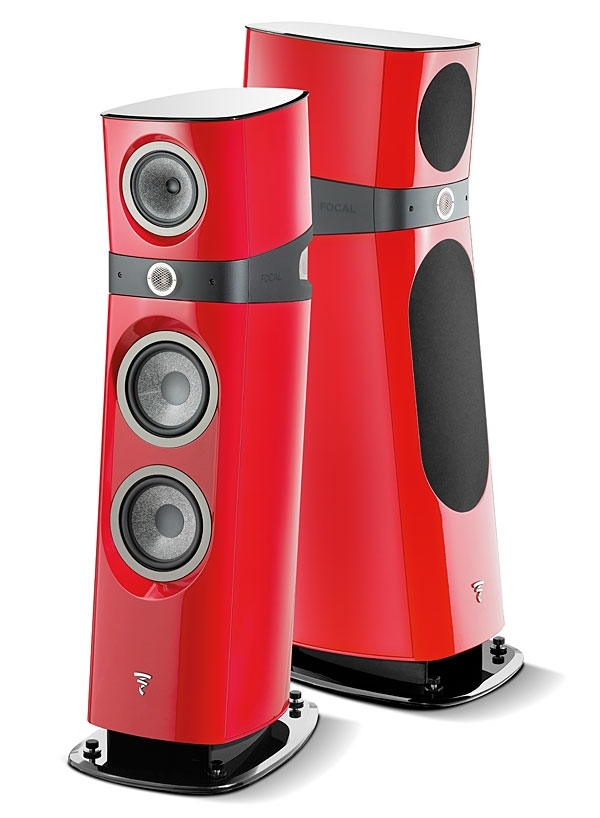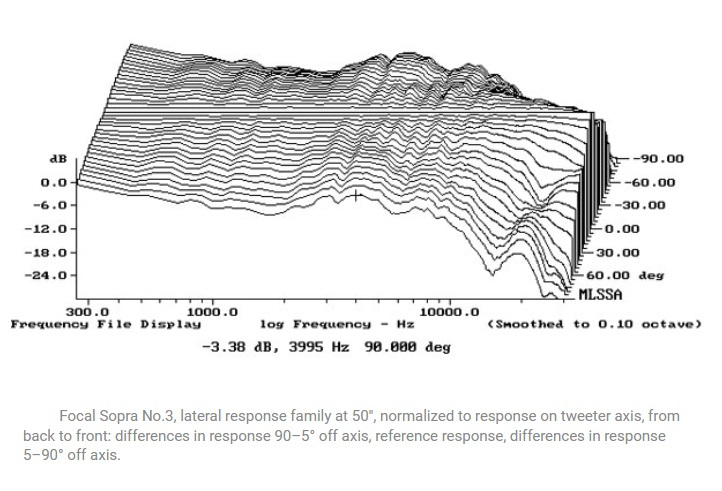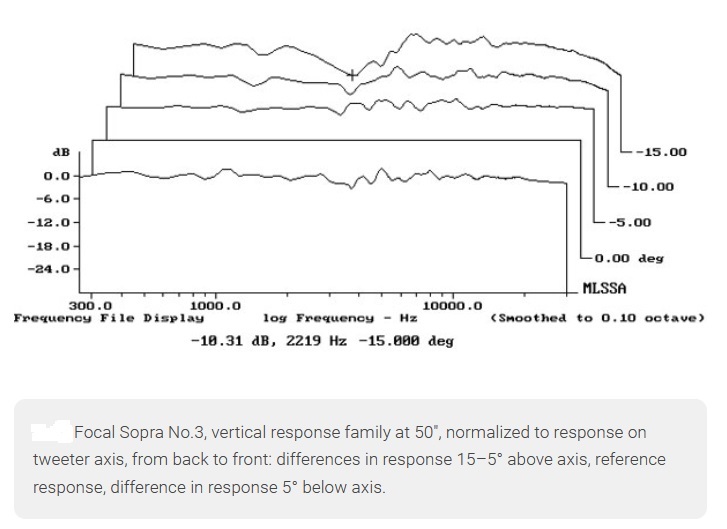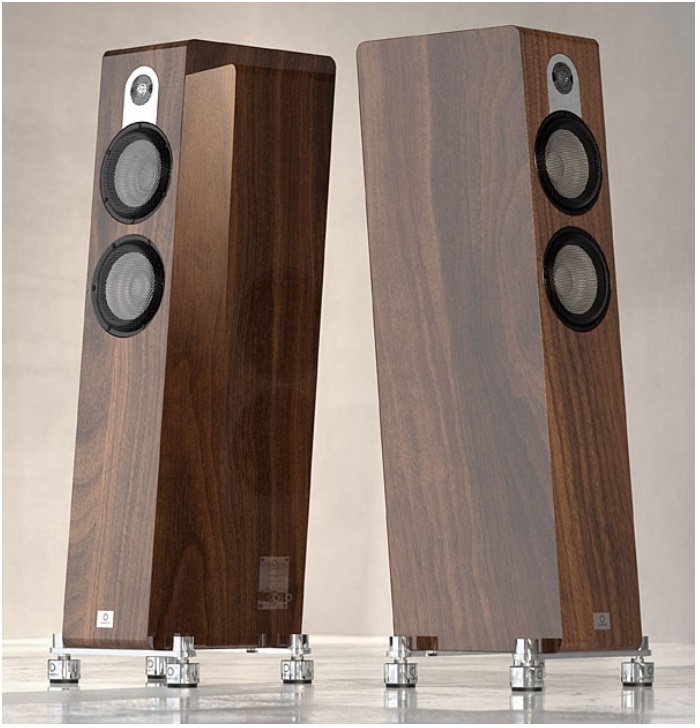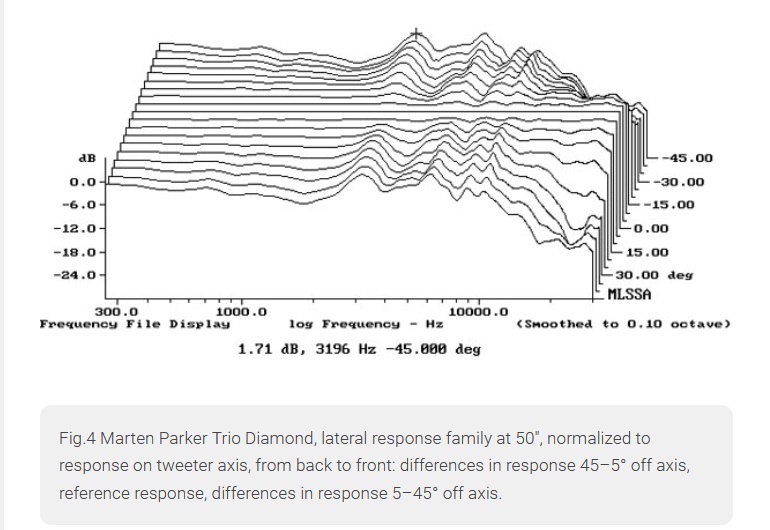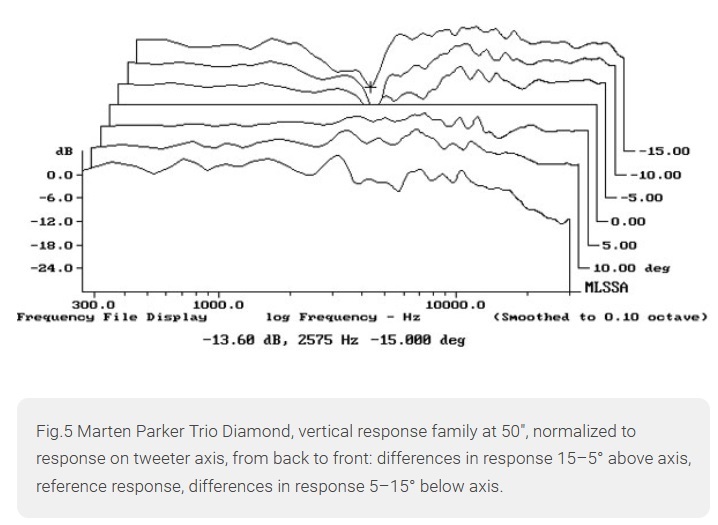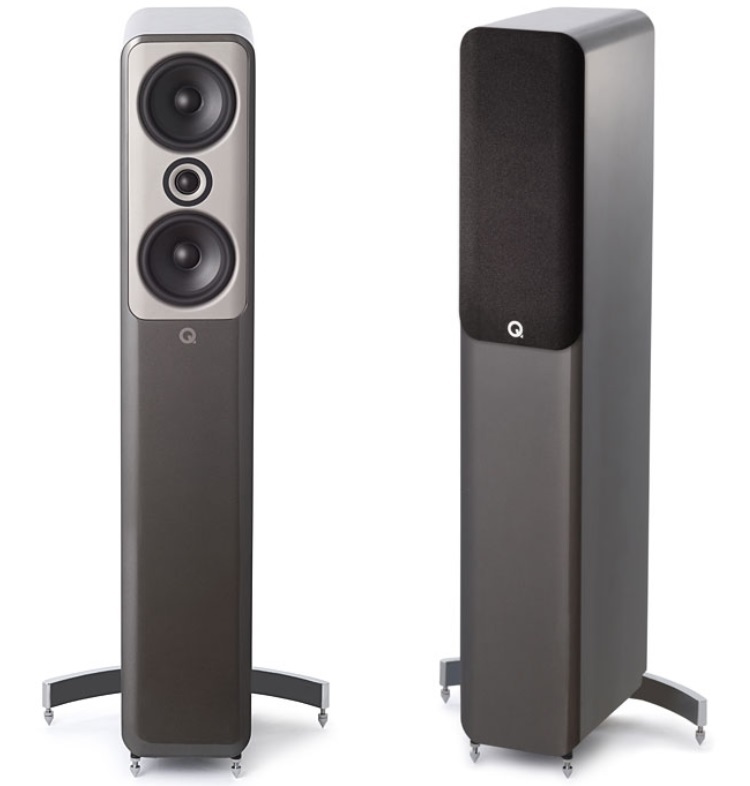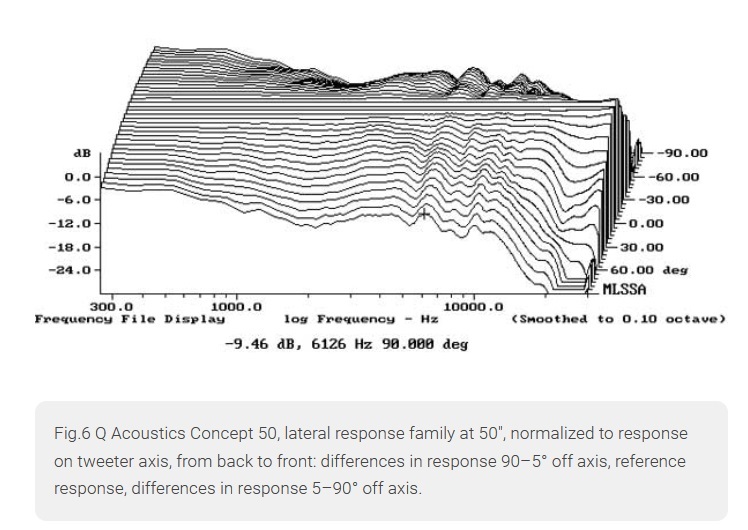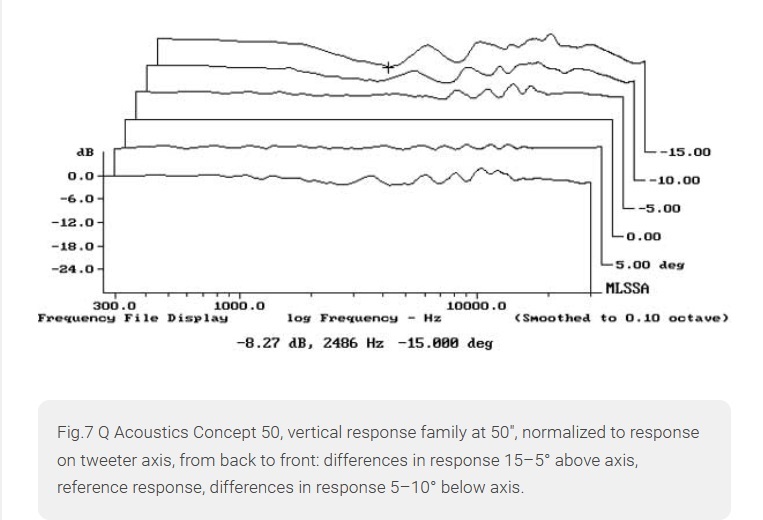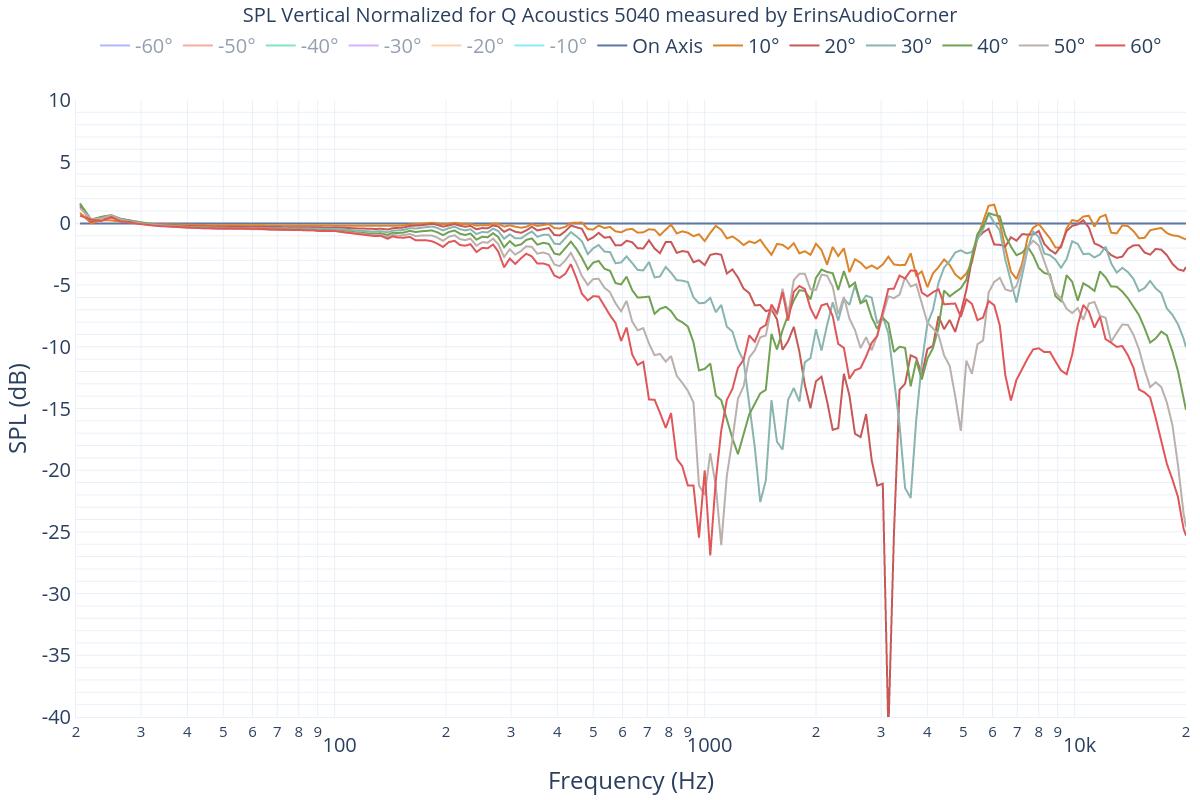So as I understand it, the problem with 2-way MTM center channels is that the multiple woofers cause acoustic interference with each other which causes a narrowing of the response off axis, correct?
So why isn't this a problem with 2-way towers with multiple woofers? Why does changing the orientation alleviate this? Or does it? Does it still exhibit comb filtering but in the vertical plane instead?
Sorry if I'm getting my terms mixed up - just a bit confused at the moment.
So why isn't this a problem with 2-way towers with multiple woofers? Why does changing the orientation alleviate this? Or does it? Does it still exhibit comb filtering but in the vertical plane instead?
Sorry if I'm getting my terms mixed up - just a bit confused at the moment.

